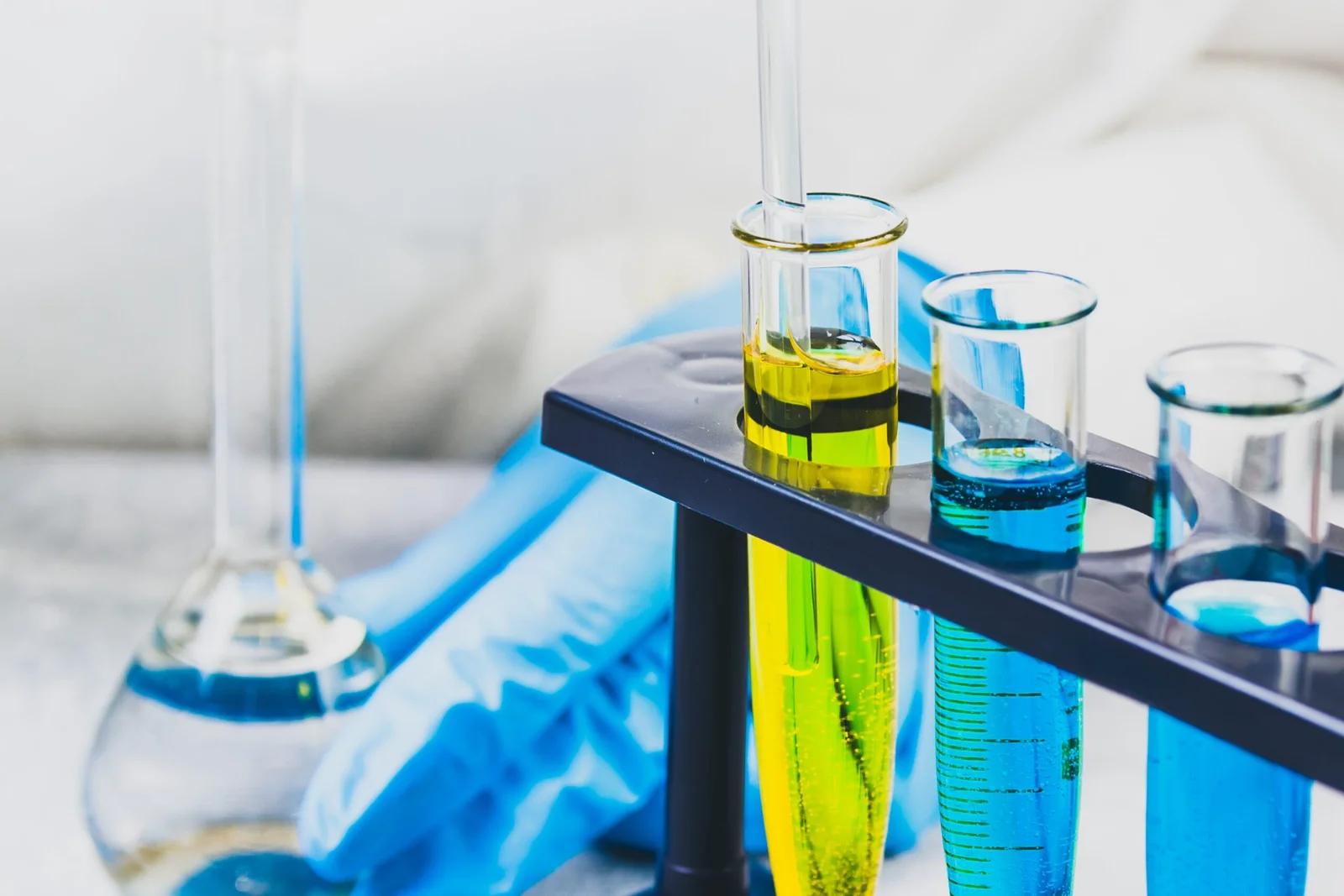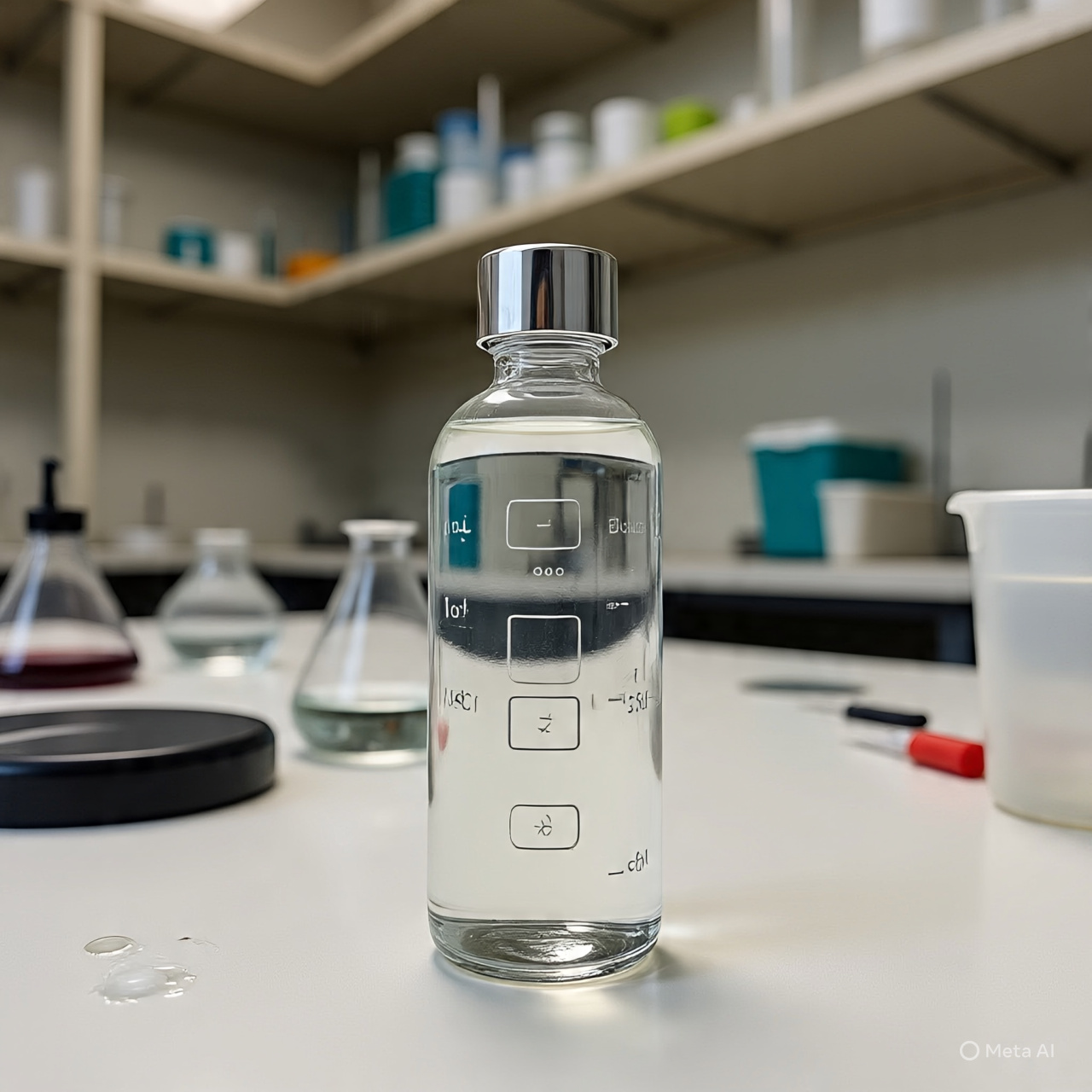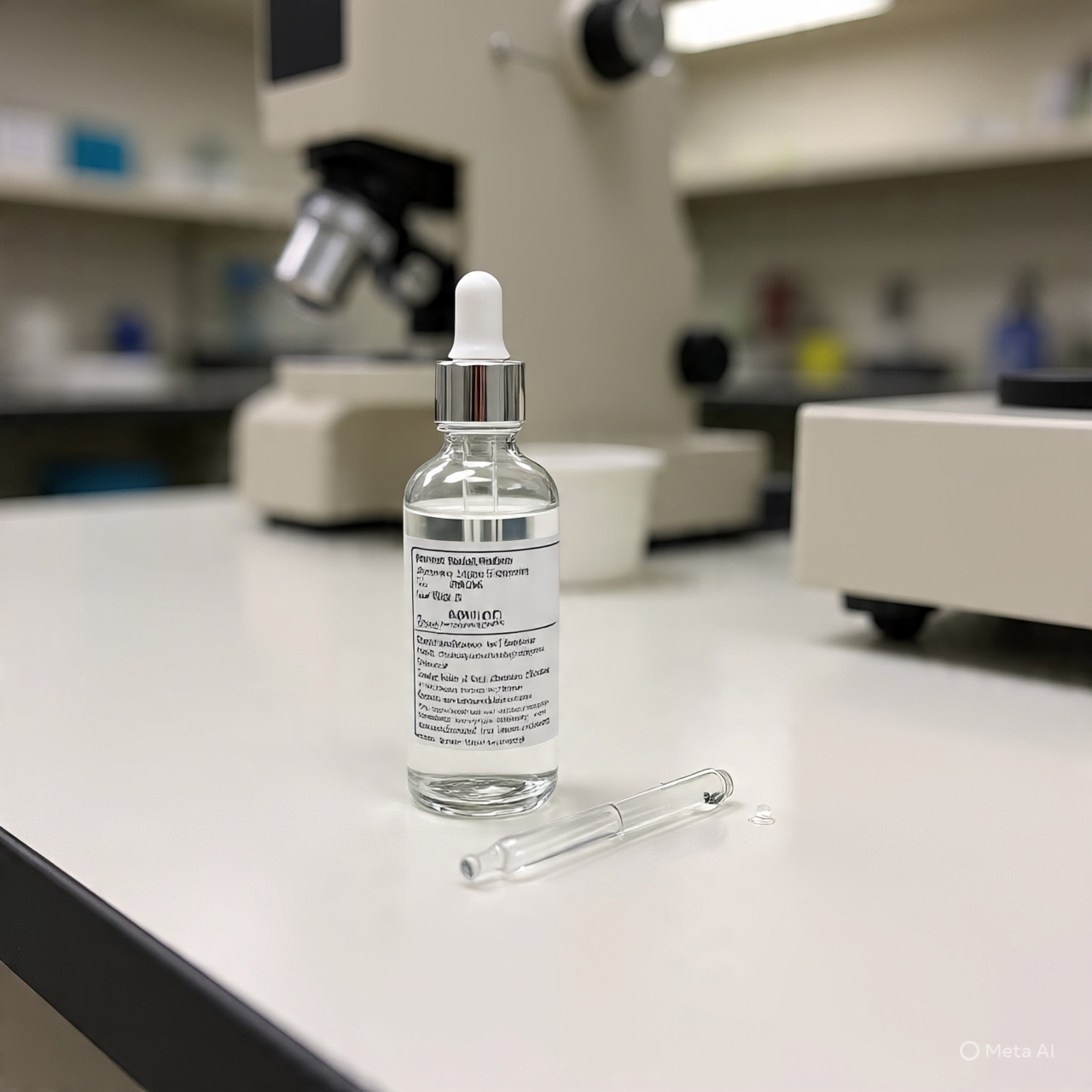🧵 The Complete Guide to Textile Auxiliaries: Types, Benefits & Applications
Textile auxiliaries are the unsung heroes of fabric processing — playing a critical role in enhancing the quality, appearance, performance, and feel of textiles. Whether it’s preparing fabric for dyeing or delivering a soft, smooth finish, textile auxiliaries are essential in every stage of textile manufacturing.
In this guide, we explore what textile auxiliaries are, their different types, key benefits, and how they support sustainable textile production.
📌 What Are Textile Auxiliaries?
Textile auxiliaries are specialty chemicals used throughout the textile wet processing chain, including pretreatment, dyeing, printing, and finishing. These chemicals do not remain in the final product but enable or improve processing efficiency and quality.
They help:
- Improve fabric wettability
- Ensure even dye penetration
- Prevent stains or creases
- Enhance softness, feel, and durability
🧪 Types of Textile Auxiliaries
1. Pretreatment Auxiliaries
Used to prepare raw fabric for further processing.
- Wetting Agents
- Scouring Agents
- Desizing Enzymes
- Anti-creasing Agents
👉 Example: WR-100 – Wetting & Scouring Agent
2. Dyeing Auxiliaries
Assist in uniform and stable color application.
- Dispersing Agents
- Levelling Agents
- Dye Fixing Agents
- Chelating Agents
👉 Example: DFT – Dispersing & Levelling Agent
3. Printing Auxiliaries
Improve color sharpness and fixability during fabric printing.
- Binders
- Thickeners
- Fixers
- Wash-off Agents
4. Finishing Auxiliaries
Enhance the texture, performance, and feel of the final fabric.
- Softeners
- Water Repellents
- Antimicrobials
- Anti-pilling Agents
👉 Example:
✅ Benefits of Using Textile Auxiliaries
- 🧽 Improved Cleanliness – Removes natural waxes and oils
- 🎨 Better Dyeing Quality – Improves color fastness and brightness
- 🧵 Enhanced Feel & Texture – Softer, fuller hand feel
- 🧼 Process Efficiency – Saves time, water, and energy
- 🌱 Eco-Friendly Options – Many auxiliaries are biodegradable and ZDHC compliant
🌍 Sustainability in Textile Chemicals
Modern auxiliaries like nonionic surfactants and biodegradable softeners are designed to meet OEKO-TEX®, REACH, and ZDHC standards. Choosing eco-compliant products helps manufacturers reduce wastewater toxicity and carbon impact.
👉 Featured Sustainable Product:
SOFTEX-W – Nonionic Fabric Softener
🧰 How to Choose the Right Auxiliary
- Determine fabric type (cotton, polyester, blends)
- Define your process (dyeing, scouring, finishing)
- Check compatibility with existing chemicals
- Review environmental compliance
- Test dosage via lab trials
Need help selecting the right product?
📧 Contact our technical team
🔗 Conclusion
Textile auxiliaries may not be visible in the final fabric, but their impact is undeniable. They ensure superior dyeing, feel, and finish, and are critical for sustainable textile processing.
Explore our full range of Textile Chemicals & Softeners tailored for every stage of your production.
📩 Looking for High-Performance Textile Auxiliaries?
At NeoOrganics, we offer a complete portfolio of textile processing aids, from wetting agents to silicone-based softeners. Our products are designed for performance, sustainability, and compliance.
🛒 Browse Products 📄 Request TDS



